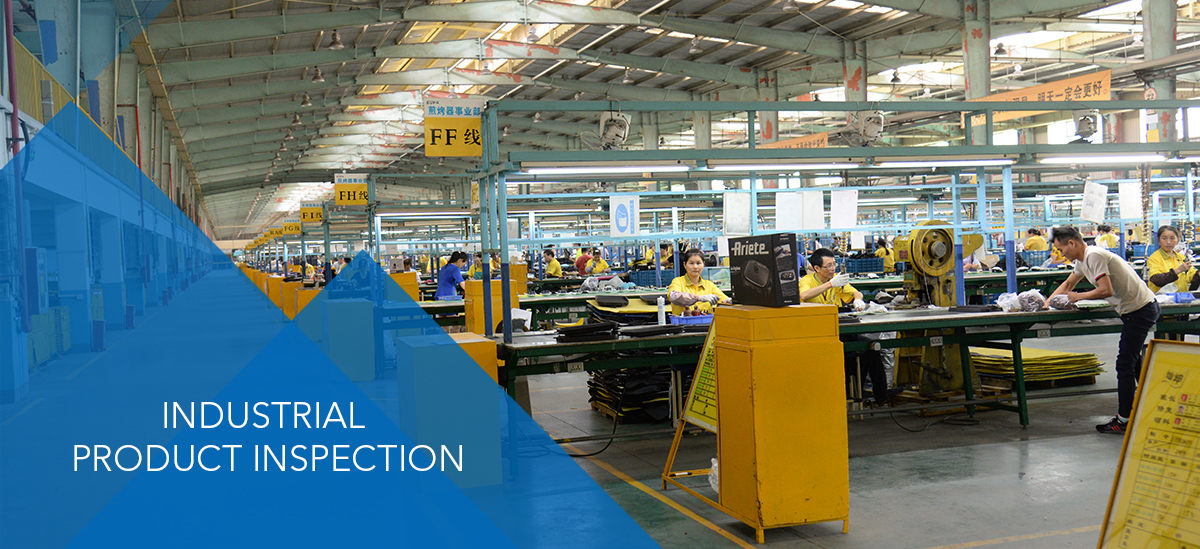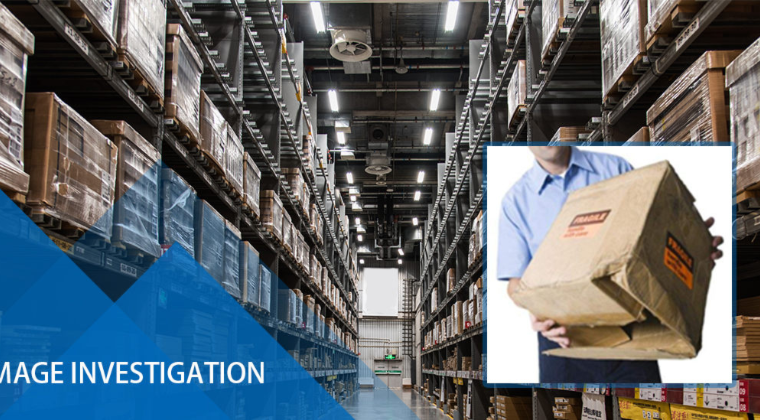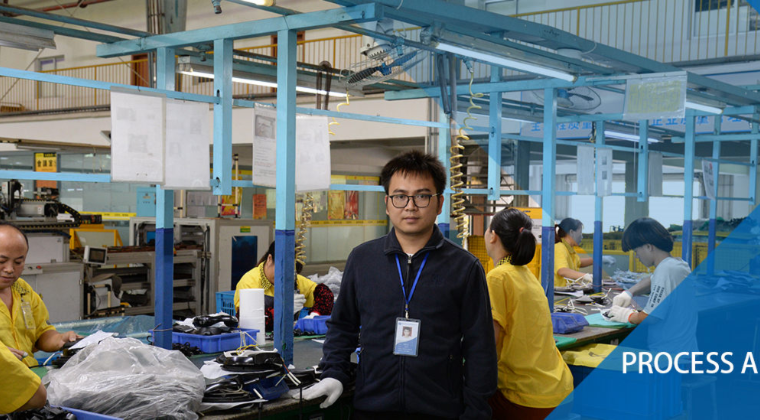Garment and apparel | Footwear | Home textile | Fabric | Bags and Luggage
Home textiles have become more than a basic necessity in modern homes across the globe. With growing awareness regarding the environment, safety, hygiene, and functionality, the demand for better-quality stain-resistant and flame-retardant home textiles is increasing.
Our comprehensive textile quality inspection services enable you to ensure quality and safety in home textiles and upholstery with a variety of fabrics like cotton, linen, viscose, blended and knitted to support your regulatory compliance in different consumer markets.
At GIS Inspection, we have teams of well-trained field inspectors with textile and inspection knowledge to perform quality inspection for your home textile products. Send us your home textile inspection enquiry anytime for discussion!
Content
Home Textile Quality Control Inspection
Home textiles or household textile used both in daily use and in interior decoration, be they bed linens, sheets, pillowcase, blankets, comforters, pillows, towels, wash cloths, aprons, furnishing fabric and upholstery, tablecloths, cloth napkins, curtains.
These home textile products are very commonplace. But manufacturing issues in the textile industry which can be harmful, such as the usage of hazardous chemicals during production, can also be common. You can protect your customers and your business by conducting product inspection of any home textile goods you import.
Home textile Quality Control Inspection is a systematic process to assess the quality, safety, and compliance of textile products before they reach the market. It involves checking materials, workmanship, functionality, and regulatory compliance to ensure the product meets established standards.
At General Inspection Services (GIS), we are a trusted leader in textile inspection, staffed with experienced professionals well-versed in textile quality control standards. Our comprehensive inspection process utilizes advanced tools and techniques to assess various factors, including fabric quality, stitching precision, compliance with industry regulations, and more.
Different Types of Home Textile Products We Inspect
Our comprehensive services enable you to ensure quality and safety in home textiles and upholstery with a variety of fabrics like cotton, linen, viscose, blended and knitted to support your regulatory compliance in different consumer markets.
Home textiles include a wide range of products including:
- Bedding
- Curtains and Window Coverings
- Home furnishing fabrics
- Bedspreads
- Blankets
- Pillows and pillow covers
- Cushion and cushion covers
- Carpets and rugs
- Wall hangings
- Towels
- Table cloths and napkins
- Kitchen linen and kitchen accessories
- Bathroom accessories
The Importance of Home Textile Inspection
Home textiles—including bedding, curtains, towels, cushions, upholstery fabrics, and table linens—play a critical role in our daily lives. As global demand for home textile products continues to grow, particularly through e-commerce and export markets, ensuring their quality through professional inspection has become increasingly important.
 1. Ensuring Product Quality and Consistency
1. Ensuring Product Quality and Consistency
Through third-party quality inspections, manufacturers and buyers can ensure that fabric weight and weave density adhere to specified requirements, that products are free from stains, holes, or irregular stitching, and that color matching is uniform across production units.
2. Detecting Defects Early in the Production Process
Home textile inspection enables the early identification of common defects such as uneven seams, loose threads, color fading, mismatched dye lots, shrinkage after washing, misprinted or misaligned patterns, and fabric contamination including oil marks or dye spots.
Identifying these issues early—during production or pre-shipment inspections—prevents the distribution of defective goods and reduces returns, complaints, and reputational damage.
3. Meeting Regulatory and Safety Requirements
Home textile products must comply with international safety and labeling regulations, particularly when intended for children or used in regulated environments like hotels or hospitals. QC inspections help ensure that products meet these legal and market requirements before export or distribution, reducing the risk of penalties or recalls.
4. Supporting Efficient Supply Chain Management
Inspections serve as strategic checkpoints within the supply chain, providing valuable insights that help track vendor performance, identify recurring issues and their root causes, and assess the effectiveness of training and production improvement initiatives.
By leveraging detailed inspection reports and analyzing data trends, companies can make informed sourcing decisions, enhance supplier accountability, and drive continuous improvements in production efficiency and overall supply chain performance.
Regulations and Standards for Home Textile Quality Control
Quality control in the home textile industry is not only about meeting consumer expectations for comfort and durability—it also involves complying with a broad range of national and international regulations and standards.
These requirements are designed to ensure product safety, consistency, environmental responsibility, and fair labeling practices. Failure to meet these standards can result in rejected shipments, recalls, legal penalties, and damage to brand reputation.
Some of these standards and regulations include:
European Union’s REACH regulationsREACH (Registration, Evaluation, Authorization, and Restriction of Chemicals) addresses the use of chemicals in textiles and apparel products, aiming to protect human health and the environment.
All textile products sold in the EU must comply with REACH provisions, which apply to dyes, coatings, prints, and finishes.
ISO Standards
The International Organization for Standardization (ISO) provides a globally recognized framework for testing and evaluating textile products to ensure they meet stringent quality, safety, and performance requirements.
- ISO 105 Series – Colorfastness: assess how well textiles resist fading or bleeding under different conditions, which are crucial for ensuring color stability during daily use and washing, especially in bed linens, towels, and decorative textiles.
- ISO 13934 – Tensile Strength: determines the force required to break a textile sample, providing critical data on the strength and durability of fabrics used in bedding, curtains, and tablecloths.
- ISO 2313 – Seam Slippage Resistance: tests how much the fabric yarns move at the seams under stress. It’s important for ensuring durability in stitched products like pillow covers, cushions, and mattresses.
AATCC Standards
AATCC is an organization that develops testing standards for the textile industry. AATCC testing standards cover different aspects of apparel quality control, including colorfastness, shrinkage, fabric quality, and seam quality.
CPSIA Regulations
The Consumer Product Safety Improvement Act (CPSIA) is a regulation in the United States that sets safety standards for consumer products, including apparel. CPSIA regulations cover different aspects of apparel quality control, including lead and phthalate testing, flammability testing, and labeling requirements.
ASTM International standards
ASTM develops standards related to textiles, including testing methods for properties such as tear strength, seam slippage, and fabric thickness. Adherence to these standards ensures that textile and garment products are safe, durable, and compliant with regulatory requirements, providing consumers with confidence in the quality and safety of their clothing purchases.
ASTM D6322-15 is the standard guide on test methods for international textile care procedures, including determining characteristics like:
- Colorfastness
- Cusceptibility to damage from retained bleaching agents
- Dimensional stability
- Safe ironing temperatures, and
- Appearance retention
Types of Third-party Home Textile Quality Control Inspection
By implementing structured inspections at each production stage and working with experienced GIS Inspection partners, companies can prevent defects, minimize risks, and build strong reputations in domestic and international markets.
Audits for the Home Textile Industry
Factory Audit: An independent assessment of the manufacturing facility’s capacity, machinery, and workforce to determine if they can meet production demands while maintaining product quality.
Supplier Audit: Checking the company’s legal information, bank information, human resources, export capabilities, and more. The inspectors perform supplier verification audit, evaluating
Pre-Production Inspection(PPI)
GIS inspectors onsite will evaluate the first 10%-30% units produced to ensure compliance with necessary criteria, brand specifications, quality requirements which can firmly establish whether the manufacturer will be able to deliver on the promise to produce a quality product using the correct materials and manufacturing process, and orders shipping on time.
During Production Inspection (DUPRO)
Inspectors closely monitor the assembly, stitching, and construction of home textile to identify any workmanship defects or deviations from the approved design. Inspectors identify and rectify any defects, irregularities, or deviations from quality standards that may arise during production.
If issues are identified, inspectors collaborate with manufacturers to promptly implement corrective actions, preventing the production of substandard home textile products.
Pre-Shipment Inspection(PSI)
We will select a random sample of finished home textile before shipment to ensure all items conform to the established quality criteria and functional requirements.
It helps to identify any defects or non-conformities in the batch, allowing for corrections before the products reach the customer, thereby safeguarding the buyer’s reputation and minimizing the risk of costly returns or complaints.
Loading Supervision (LS)
The final but crucial step in the quality control process is properly preparing batches for shipping to destination markets. Loading Supervision (LS) is usually performed at the factory, forwarders warehouse, or port to verify count, confirm load, and seal the container.
Home Textile Pre-shipment Inspection Checklist
GIS Inspection provides inspection services for bedding, curtains, blankets, cushions at every stage: from supplier investigation, audit to the quality control, and final delivery of shipments during the process.
GIS’s quality experts understand the customer’s requirements, ensure that on-site inspections are properly performed on-site, and finalize clear reports to explain and explain all details.
An effective inspection checklist for home textile is essential to ensure that these products meet quality standards and customer expectations. At GIS Inspection, our home textile pre-shipment inspection checklist covers the following criteria:
1. Quantity Verification
2. Workmanship Inspection
3. Product Description Verification
4. Onsite-Test
5. Packaging Inspection
In the section below, we present the details of each criterion, including pictures.
1. Quantity Verification
The first step in pre-shipment inspection is the verification of the quantity. By comparing booking and actual quantities, GIS inspectors check products and shipping cartons to verify that total quantity matches the order confirm the total quantity matches the quantity indicated in the purchase order (PO).
2. Workmanship Inspection
The inspector will select a sample size according to the statistical sampling procedure ISO 2859-1 and the AQL sampling, and conduct a visual check for any damages and flaws in workmanship and classify them as major, minor, or critical defects.
Check the stitching quality for any loose threads or irregularities and structural integrity sagging or unaligned components.
Learn more about AQL Sampling: https://www.gis-inspection.com/post/how-to-use-aql-for-quality-control-inspection
3. Product Description, Style and Color Verification
In this section, we verify if the style and construction of the textile product match the approval sample and the client’s technical file.
- Verifying if the product matches the same style and materials as the approval sample.
- Inspecting if the same materials as the sample have been used which prevents discrepancies in quality, feel, and overall appearance.
- Checking if the actual products match the client’s technical file. It ensures that the final product adheres to the specific design, quality, and material requirements set by the client.
4. On-site Test
The selected sample will undergo rigorous testing to ensure that it functions properly and meets safety standards.
The essential inspection checklists for pre-shipment inspections to manage home textile quality:
• Color specification check
• Color fastness check
• Color shading check
• GSM test
• Stitches per inch check
• Elastic band test
• Label check
• Fitting check
• Reliability test for zipper/button/snap of other functional component.
• Drop Test
• Carton size and weight check
• Carton assortment and quantity check
• Product size check
• Product weight check
• Barcode scan check
• Metal / needle detection check
• Seam strength test
• Smell check
Home Textile Quality Control Inspection Report
After performing the quality inspection in the factory, the inspector prepares the draft report on-site and reviews with the factory manager. The draft quality inspection report is a first overview of the product’ quality. It is made to show the manufacturer the main findings while the GIS QC is still in the factory.
The final home textile quality inspection report is very detailed in:
- Every single defect, non-conformity and conformities are mentioned and explained;
- All the tests performed are listed;
- Pictures of each finding are shown in order to ensure a clear understanding of the situation from the buyer;
The final inspection report will be checked in detail by the GIS Inspection home textile supervisor before being sent to the buyer. The objective is to ensure all the specifications have been verified, all the tests have been performed and the explanations are clear.
Check a home textile quality control inspection report!
GIS Inspection Quality Control Services in China and Asia
General Inspection Service is a leading third-party quality control inspection company in China and Asia, we specialize in offering comprehensive quality control and inspection procedures specifically tailored for the textile industry including bedding like sheets, blankets, and comforters, curtains and drapes, upholstery for furniture, rugs and carpets, and various accessories like towels, tablecloths, and cushions, and more.
Our expertise spans the entire manufacturing process, from meticulously assessing the quality of raw materials to conducting thorough inspections of finished products. By adhering to the necessary quality standards and specifications for safety, reliability, and performance, we ensure that every item meets the highest quality benchmarks.
Contact us for a chat about bags inspection now and see how we can support you with monitoring the quality of your home textiles!










